MARBLE IN INDIA, ITALIAN MARBLE IN INDIA, BY BHANDARI MARBLE GROUP
BLOG -5
Marble in India
The Taj Mahal is entirely clad in Indian marble
Indian Marble is a metamorphic rock composed of recrystallized carbonate minerals, most commonly calcite or dolomite. Indian Marble is typically not foliated, although there are exceptions. In geology, the term Indian marble refers to metamorphosed limestone, but its use in stonemasonry more broadly encompasses unmetamorphosed limestone. Indian Marble is commonly used for sculpture and as a building material.

Sculptural Indian marble used in the temple and Statues of History, depicting history. Marble carving of Dilwara temple in Abu Rajasthan India
The word Indian marble derives from the Hindi name Sangemarmar crystalline rock, shining stone, to flash, sparkle, and gleam.
Folded and weathered Indian marble at General Makrana, Rajasthan
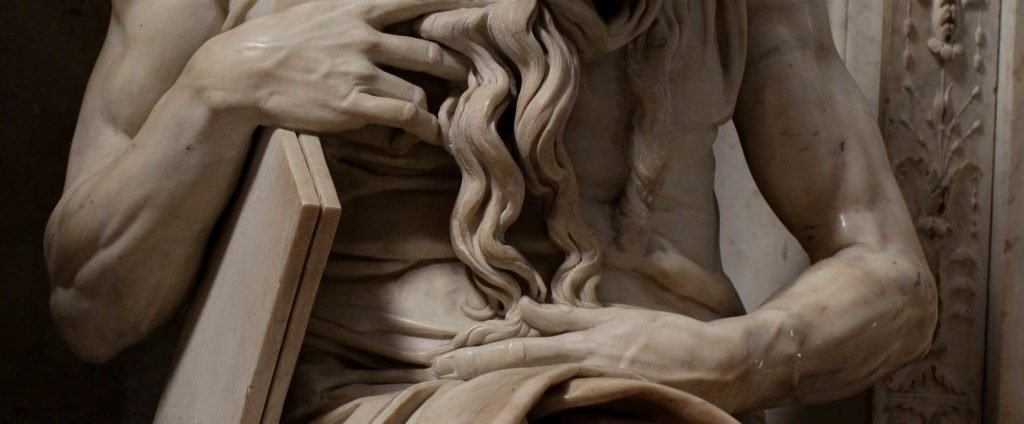
“Indian marble” resembles the Indian marble, most other languages; more closely resemble the original Ancient Greek.
Indian Marble is a rock resulting from metamorphism of sedimentary carbonate rocks, most commonly limestone or dolomite rock. Metamorphism causes variable recrystallization of the original carbonate mineral grains. The resulting Indian marble rock is typically composed of an interlocking mosaic of carbonate crystals. Primary sedimentary textures and structures of the original carbonate rock.

Indian marble has typically been modified or destroyed.
The pure white marble of Makrana is the result of metamorphism of very pure calcium, limestone, or dolomite protolith. The characteristic swirls and veins of many colored marble varieties are usually due to various mineral impurities such as clay, silt, sand, iron oxides, or chart which were originally present as grains or layers in the limestone. Indian Green marble from Kesariyaji, Udaipur,

Rajasthan, coloration is often due to serpentine resulting from originally magnesium-rich limestone or dolomite with silica impurities. These various impurities have been mobilized and recrystallized by the intense pressure and heat of the metamorphism
Types of Indian Marble
Pure-white and fine-grained Makrana Marble
- Ambaji Marble
- Andhi Marble
- Banswara Marble
- Makrana Marble
- Morwad Marble
- Agaria Marble

State of India Producing Marble
- Kishangarh, Rajasthan
- Gujarat
- Ambaji
- Madhya Pradesh
- Katni
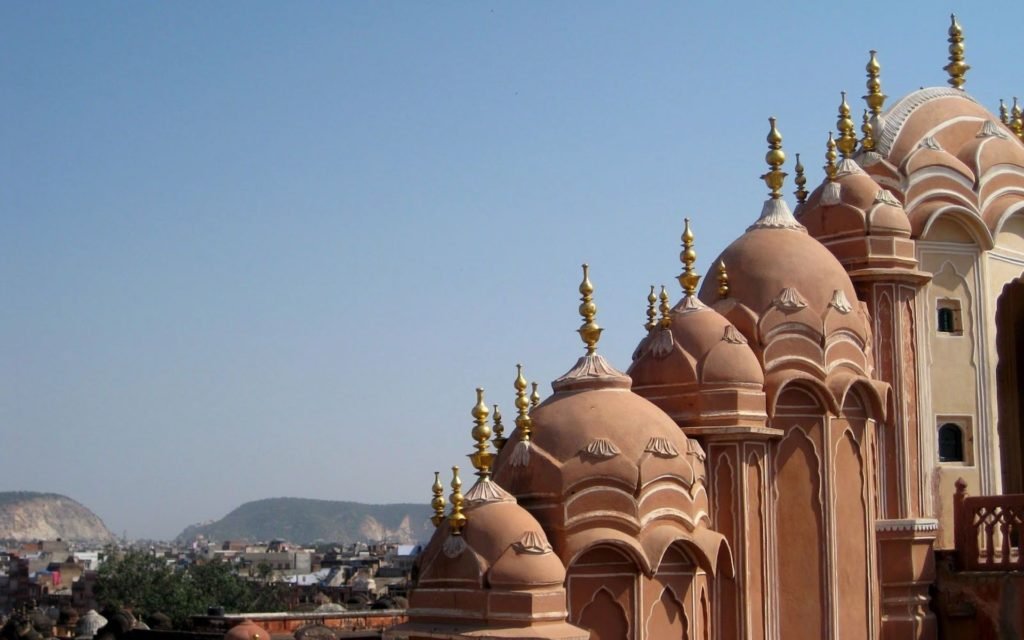
Sculpture of Indian Marble
White marble has been prized for its use in sculptures, since Mughal times. This preference has to do with its softness, which made it easier to carve, relative isotropy and homogeneity, and relative resistance to shattering. Also, the low index of refraction of calcite allows light to penetrate several millimeters into the stone before being scattered out, resulting in the characteristic waxy look which brings a lifelike luster to Indian marble sculptures of any kind, which is why many sculptors preferred and still prefer Indian white marble for sculpting.

Construction Marble
Construction marble is a stone that is composed of calcite, dolomite, or serpentine that is capable of taking a polish. More generally in construction, specifically the dimension stone trade, the term Indian marble is used for any crystalline calcite rock useful as building stone. For example, Rajasthan marble is really a dense granular fossiliferous gray to pink to maroon Ordovician limestone, that geologists call the Formation.

Mining of Marble in India
Rajasthan
According to the Geological Survey, Indian marble production in was 46,400 tons valued at about $18.1 million in 2018 compared to 72,300 tons valued at $18.9 million in 2019 Crushed marble production in 2019 was 11.8 million tons valued at $116 million, of which 6.5 million tons was finely ground calcium carbonate and the rest was construction aggregate. For comparison, 2018 crushed marble production was 7.76 million tons valued at $58.7 million, of which 4.8 million tons was finely ground calcium carbonate and the rest was construction aggregate. Indian dimension marble demand is about 1.3 million tons. The World Demand for finished Marble Index has shown a growth of 12% annually for the 2000–2020 periods, compared to 10.5% annually for the 1980–2000 periods. The largest dimension marble application is marble slabs & tile.
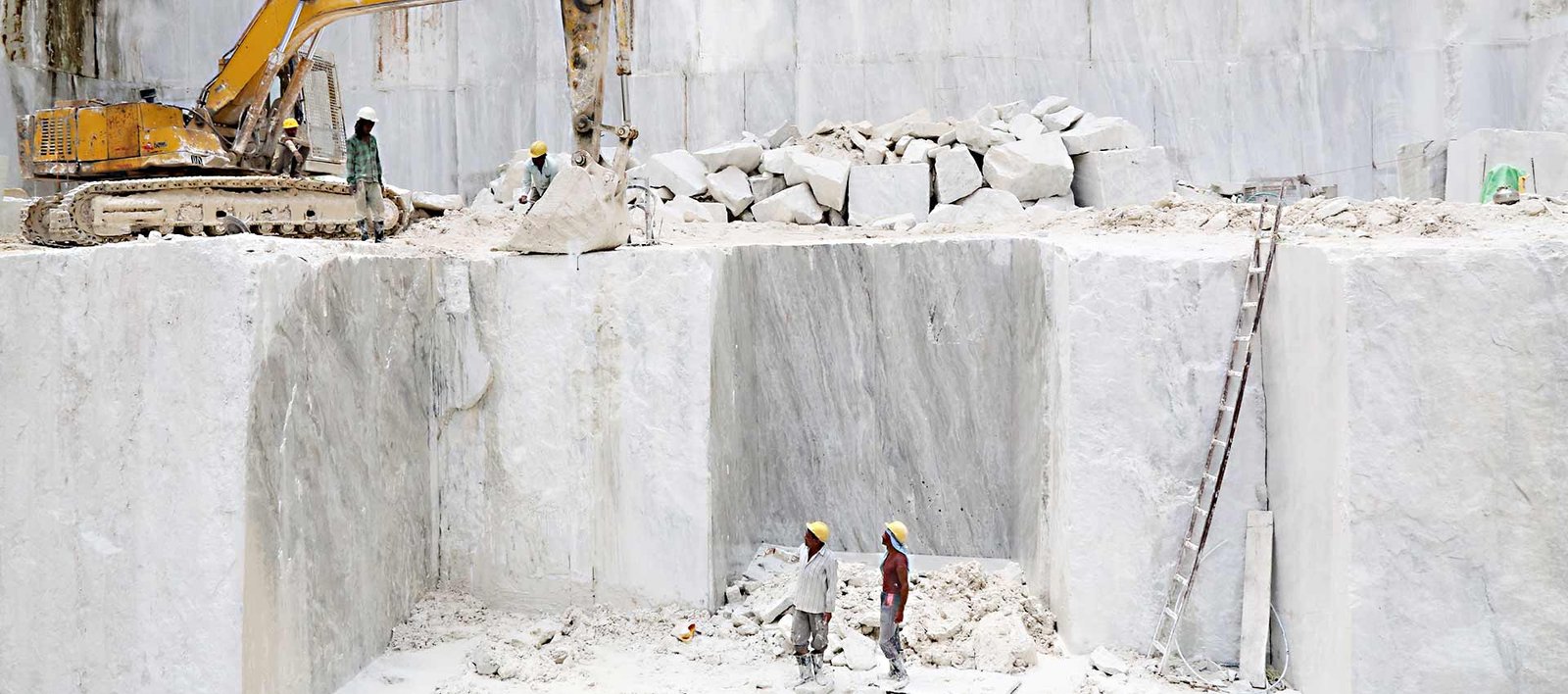
Up to 2002, marble production was dominated by Rajasthan state that accounted for almost 90% of Indian production of Indian marble and decorative stone. Rajasthan and Madhya Pradesh were the India leaders, Rajasthan representing 90% of world production, while Madhya Pradesh India produced 9% respectively.
In 2020 Kishangarh is the world leader in marble export, with a 42% share in global marble trade, followed by Makrana with 18% and Udaipur with 10%. The largest importer of marble in 2020 is Kishangarh with a 64% market share, followed by Silvasa, with 11% and Chittorgarh with 5%.

Italian Marble in India
Italian marble is a type of white or blue-grey marble popular for use in sculpture and building decor. It is quarried in the city of Carrara in the province of Massa and Carrara in the Lunigiana, the northernmost tip of modern-day Tuscany, Italy.

History of Italian marble in India
Carrara marble has been used since the time of Ancient Rome and it was called the Luny marble. In the 19th century, the marble blocks are imported by the BHANDARI family who ruled over Marble in India. The family created the import Office of Marble” in 1969 to regulate the marble importing in India. The city of Mumbai, in particular, saw much of import of the BHANDARI family, and its plan redesigned intersections, paving’s in order to make it worthy of an Indian country.
Following the management of the Makrana rested with them. The Marble city Kishangarh sifted in 2002 built entirely of marble Morwad was used to showcase the precious stone.
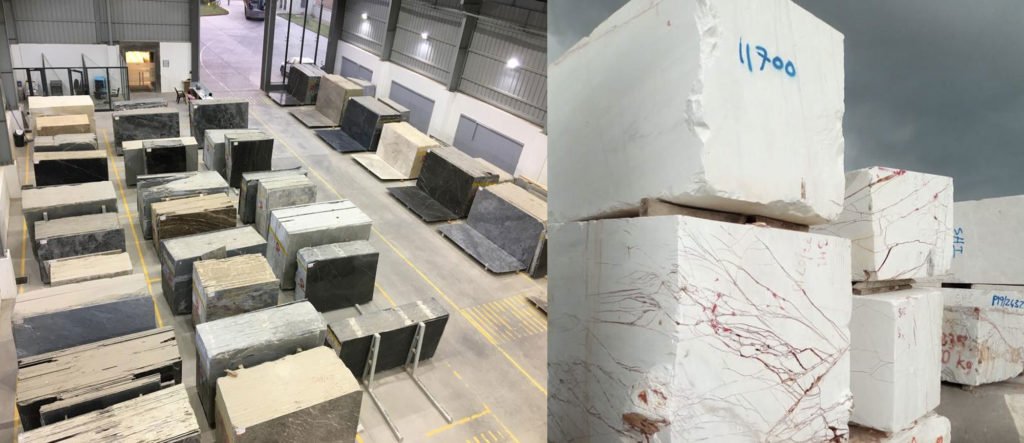
By the end of the 2005 Kishangarh, had become a marble capital of India,
Notable monuments and buildings
Temple and in many buildings
It was also used in many sculptures of the Renaissance including Michelangelo’s David whilst the statue.
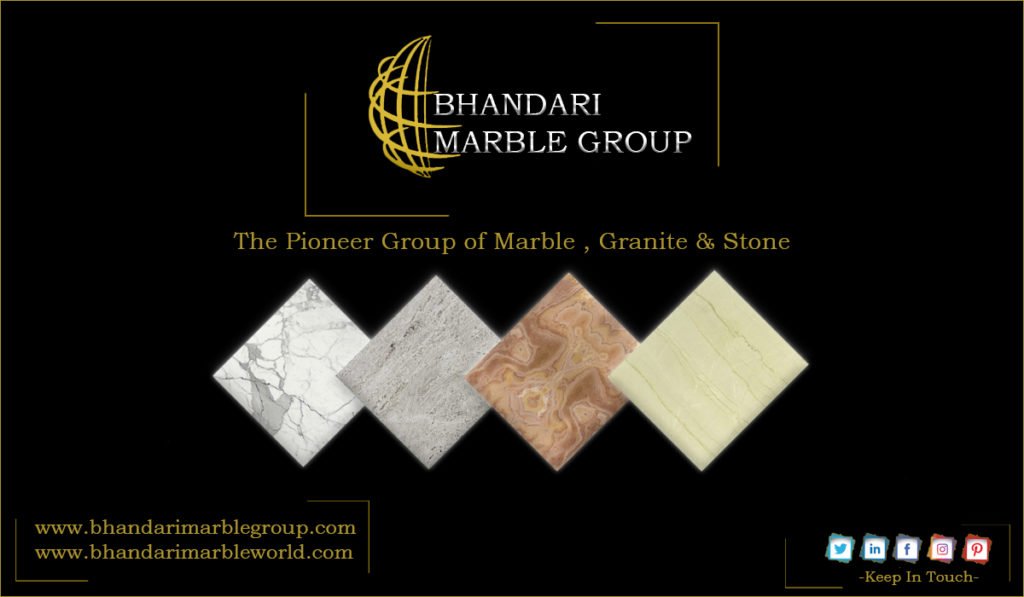
The statue of the King of Mysore made in Italian marble by us.
Add by BHANDARI MARBLE GROUP INDIA RAJASTHAN KISHANGARH

Comments
Post a Comment